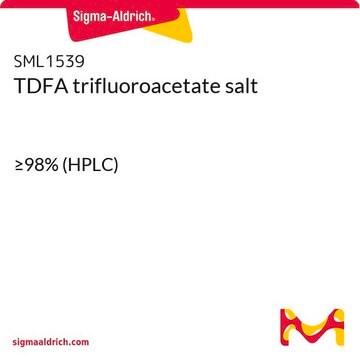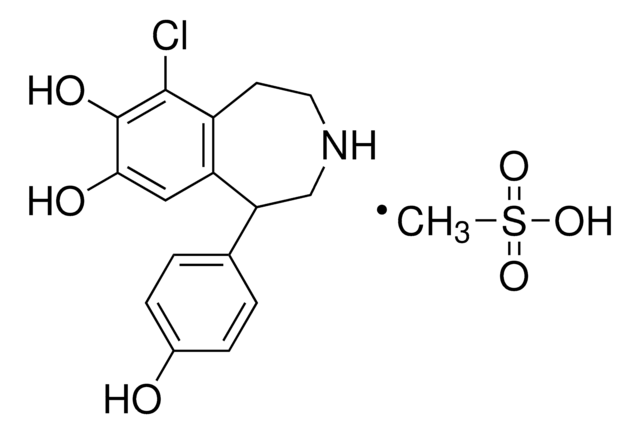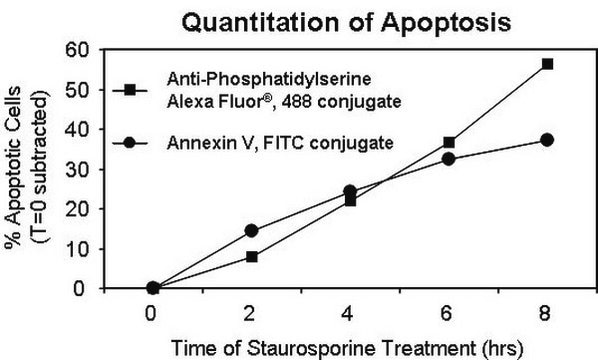506282
Cl-amidine
>95% (HPLC), solid, PAD inhibitor, Calbiochem®
Sinonimo/i:
PAD Inhibitor, Cl-amidine, N-α-benzoyl-N5-(2-chloro-1-iminoethyl)-L-Orn amide
About This Item
Prodotti consigliati
product name
PAD Inhibitor, Cl-amidine, Cl-amidine is a cell-permeable pan PAD inhibitor (IC₅₀ = 0.8, 6.2, and 5.9 µM for PAD1, PAD3, and PAD4, respectively). Inactivates the calcium bound form of PAD4 in an irreversible manner.
Livello qualitativo
Saggio
>95% (HPLC)
Forma fisica
solid
Produttore/marchio commerciale
Calbiochem®
Condizioni di stoccaggio
OK to freeze
Colore
white
Solubilità
DMSO: 50 mg/mL
Condizioni di spedizione
ambient
Temperatura di conservazione
−20°C
Descrizione generale
Attenzione
Ricostituzione
Altre note
Li, P., et al. 2010. Oncogene21, 3153.
Luo, Y., et al. 2006. Biochemistry39, 11727.
Note legali
Codice della classe di stoccaggio
11 - Combustible Solids
Classe di pericolosità dell'acqua (WGK)
WGK 3
Punto d’infiammabilità (°F)
Not applicable
Punto d’infiammabilità (°C)
Not applicable
Certificati d'analisi (COA)
Cerca il Certificati d'analisi (COA) digitando il numero di lotto/batch corrispondente. I numeri di lotto o di batch sono stampati sull'etichetta dei prodotti dopo la parola ‘Lotto’ o ‘Batch’.
Possiedi già questo prodotto?
I documenti relativi ai prodotti acquistati recentemente sono disponibili nell’Archivio dei documenti.
I clienti hanno visto anche
Il team dei nostri ricercatori vanta grande esperienza in tutte le aree della ricerca quali Life Science, scienza dei materiali, sintesi chimica, cromatografia, discipline analitiche, ecc..
Contatta l'Assistenza Tecnica.







